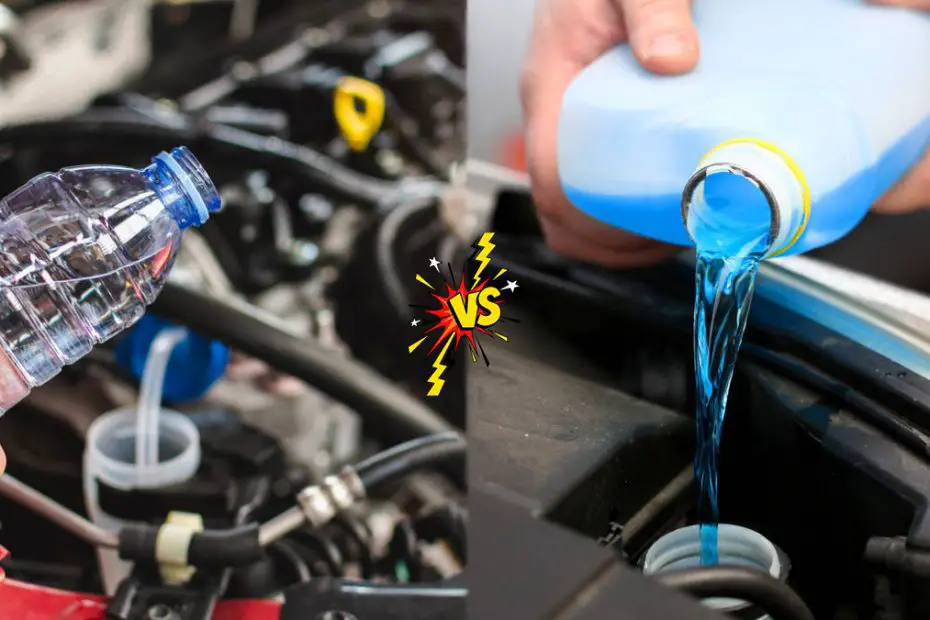The debate about using water vs coolant for engine cooling isn’t new. While water is cheap and available, it has its drawbacks. It causes rust and isn’t very heat-conductive. Coolants, on the other hand, can prevent rust growth and transfer heat well. However, all these benefits of using coolants come with a steep price tag.
By the way, both have their own benefits and drawbacks. To understand them, comparing water and coolant precisely will help you decide.
In this article, we’ll talk about using both water and coolant and have a look at the benefits and downsides of each.
The Importance of Coolant in Preventing Engine Overheating
The engine heats up from the combustion process. Coolant passes through the engine and brings the heat back to the radiator. Then a fan blows hot air out of the radiator. This is roughly the whole process of engine cooling.

Without coolant, the engine would overheat and would start melting soon. Coolant helps regulate heat and controls its distribution between the engine and the radiator.
And the distribution of heat and coolant flow is controlled by the thermostat. The thermostat regulates the flow of coolant depending on the engine’s temperature.
Different Types of Coolants for Different Types of Engines

There are several variations of coolants used in vehicles. Let’s have a brief look at them:
Fully-Formulated Coolant
Fully formulated coolants are a mix of antifreeze and heat-distributing coolants in a single package. They’re the most widely used coolant type and can be used with almost any kind of vehicle. These coolants prevent rust, corrosion, and cavitation inside the engine.
Extended-Life Coolant
This coolant type is mostly used with trucks or other big vehicles that need to travel very long distances. It is similar to fully formulated coolant but has a much longer lifespan.
Low-Silicate Coolant
Low-silicate coolants are also known as antifreeze. Their main task is to lower the freezing point of the coolant and increase its boiling point. This is usually mixed with other coolant types.
However, which coolant you shall use depends on where you live, what the weather is like, and the type of your vehicle. You can learn about the appropriate coolant for your vehicle from your car’s manufacturer’s manual.
Also, another thing to keep in mind is you can use any appropriate coolant with your car. There’s no rule that says you must use the coolant that your car came with and never anything else.
Advantages and Disadvantages of Using Water as Coolant
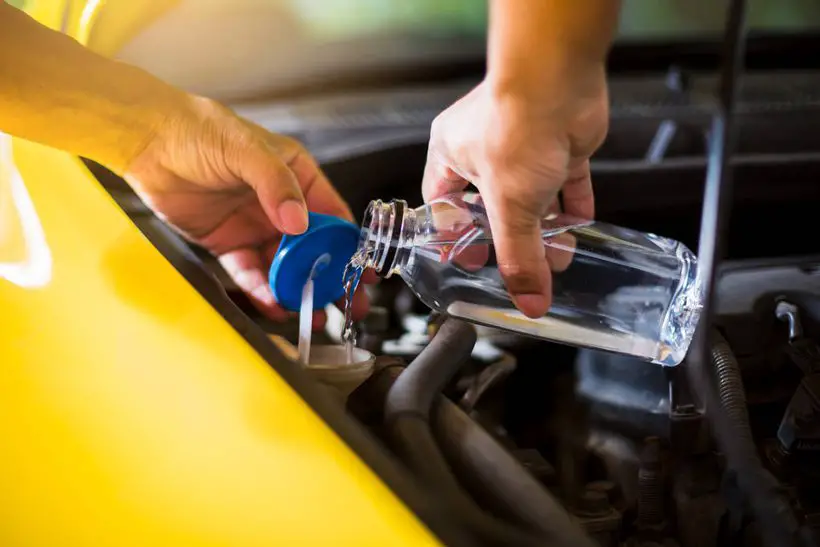
Let’s discuss the advantages and disadvantages of using water as a coolant.
Advantages
- Widely Available: Distilled water or softened water is widely available. Any supermarket, chain shop, or pharmacy will have these.
- Inexpensive: Distilled water costs only a fraction of commercially available coolants. While water isn’t comparable to coolant, it can be a great solution when the budget is tight.
Disadvantages
- It can Cause Rust and Corrosion: Coolants come premixed with chemicals that help prevent rust and corrosion inside the engine’s walls. Distilled water has none of those chemicals.
- Not as Effective Heat Transfer as Proper Coolant: A good coolant will take far more heat than water to turn into steam. Water has a low boiling point and works far less effectively than coolants while transferring heat.
Moreover, antifreeze’s lower freezing point is another benefit for people in cold weather. This is something water can never achieve.
Advantages and Disadvantages of Using Proper Coolant
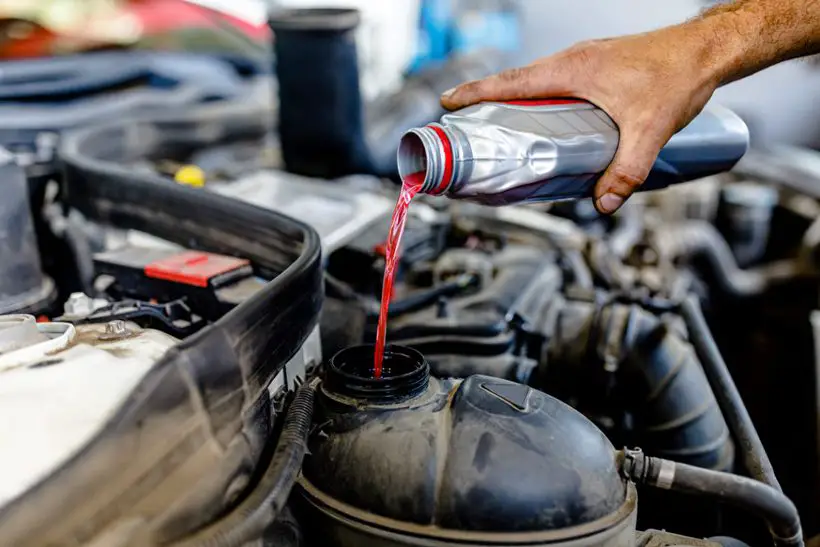
We’ve talked about using water as a coolant. Now, let’s have a look at the good and bad of using a proper coolant.
Advantages
- Specially Formulated to Prevent Rust and Corrosion: Coolants come with beneficial chemicals that prevent vapor bubbles, rust growth, and corrosion in the engine. A coolant can increase the lifespan of an engine, rendering it a lot more valuable for its price.
- More Effective Heat Transfer: Coolant combined with antifreeze has a much lower freezing and higher boiling point than distilled water. This feature helps keep the engine stay in a safe working temperature range and provides more heat transfer.
Disadvantages
- More Expensive than Water: You can get a gallon of water for merely a few bucks, while a good coolant can cost you up to $200. Of course, it comes with its benefits, but when you’re short on a budget, the steep price is in no way negligible.
Factors to Consider When Choosing Between Water and Coolant

Now, let’s briefly talk about a few things you should have in mind while picking one between a coolant and water.
Engine Temperature Range
Not all engines are made the same. While some engine components can take a lot of heat, others will start melting their parts down. Pick the right coolant specific to your engine’s temperature range and mix it with antifreeze to give it more strength.
Corrosion Protection
For corrosion protection, you must mix a coolant with water. Using water only will increase corrosion damage even more in the engine.
Expense
A cheap water bottle can save you money for a short period of time. If you plan long-term, get a good coolant. Even though the initial investment is large, it usually pays off with time.
Freeze Protection
If you live in cold areas, picking a coolant with antifreeze is a must. Otherwise, the coolant will freeze within a few hours of turning the engine off.
Preventive Maintenance Tips for Avoiding Coolant-Related Problems

Let’s have a look at a few ways you take preventive maintenance for engine heating and other coolant-related problems. These will help you to prevent coolant-related problems and save on your money.
Regular Maintenance
Getting some regular maintenance done will help your car’s cooling system have a lasting life. Let’s see a few tips for achieving that.
- Keep the radiator inlet cap tight at all times. If that gets loose, the pressure inside the coolant tank will lessen. This will, in turn, reduce the proper flow of the coolant in the pipes.
- Clean the radiator every few months to ensure proper heat dissipation.
- Replace old coolant when it runs 30000 miles or every five years.
- Regularly check the coolant level, and if it drops, top it off. A full coolant tank means proper pressure among the pipes and perfect heat distribution.
Coolant System Checks
Occasionally doing a coolant system check is a good idea to prevent possible coolant-associated accidents. Checking the coolant system includes the following:
Check Antifreeze’s Strength
Antifreeze usually comes premixed with the coolant, and its main goal is to lower the freezing point of the coolant mixture. With time, antifreeze loses its power, making it unable to disregard cold temperature levels.
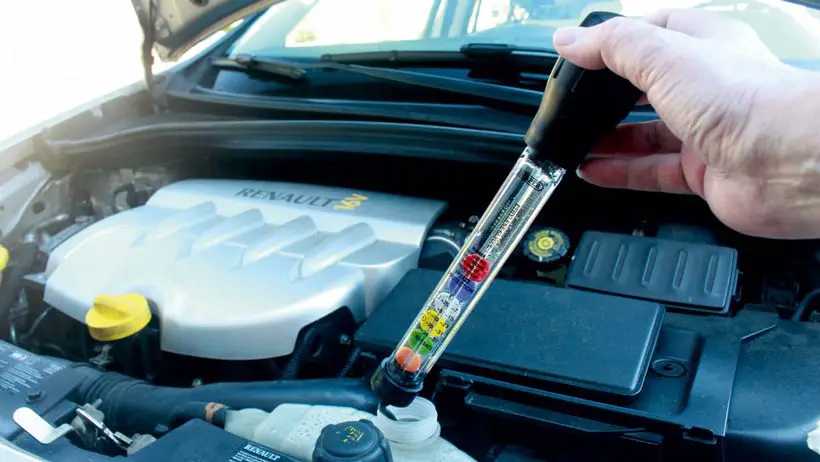
Use a hydrometer to check the antifreeze’s strength. Usually, an antifreeze from a good brand may last for 4-5 years, so don’t worry if it loses some strength.
Check for Pipe Blockages
The pipes for passing coolants throughout the engine may get blocked by debris or rust. Check the pipes’ tension by bending and squeezing them. If they seem rigid or too loose, it’s time to replace them.
Check Radiator Cap Pressure
Check the radiator cap’s pressure level using a cap pressure tester. If the cap is worn out, the pressure test will fail. Replace the cap in that case.
Check Thermostat
Dip the thermostat in the coolant. Now, heat the coolant to 25°F more than the recommended temperature level written on the thermostat and submerge the thermostat in it again. You can heat the liquid by turning on the car’s engine or by heating it on a stove. This temperature difference should make the thermostat open.
Now, by refrigerating the liquid, cool it down to 10°F lower than the recommended temperature level and dip the thermostat. At this temperature, it should completely close. If the opening and closing happen normally, the thermostat is fine. Otherwise, you need to replace the thermostat.
Monitoring Temperature Gauge
A temperature gauge showing a higher temperature than regular temperature means the engine is overheating. This could happen for several reasons, such as the coolant level may have dropped or a blockage in the coolant pipe.
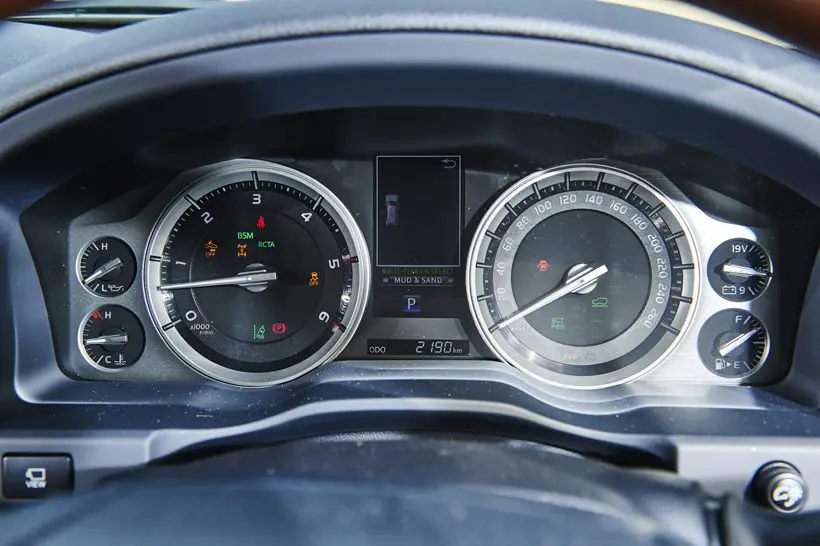
When you see the temperature monitor showing high, turn the engine off quickly. Open the radiator valve and check the fluid level inside. If that seems to have dropped, refill it with a premixed coolant and take the car to a mechanic’s garage.
If the fluid level is right then the problem could be somewhere else. You should take your car to a mechanic’s garage as soon as possible to prevent any engine damage.
If you’re interested in understanding why coolant may turn brown and how to prevent your car from overheating, we have two informative articles that can provide valuable insights. Our article on why coolant may turn brown explains the possible causes of coolant discoloration and what it may indicate about your car’s cooling system. Additionally, our article on how to keep your car from overheating offers practical tips and preventive measures to ensure optimal engine temperature and cooling system performance.Conclusion
If you’ve been using only water in your vehicle’s radiator, drain it off and try to use a mixture of water and coolant. You’ll get the value of the coolant’s price and help lengthen the engine’s lifetimes.
Although the standard ratio of coolant and water mixture is 50/50, you should read your car’s manufacturer’s manual for the best ratio for your car. It depends on your car’s manufacturer, type, area, and weather. Combining all these, you’ll be able to formulate the mixture of your optimal coolant.
